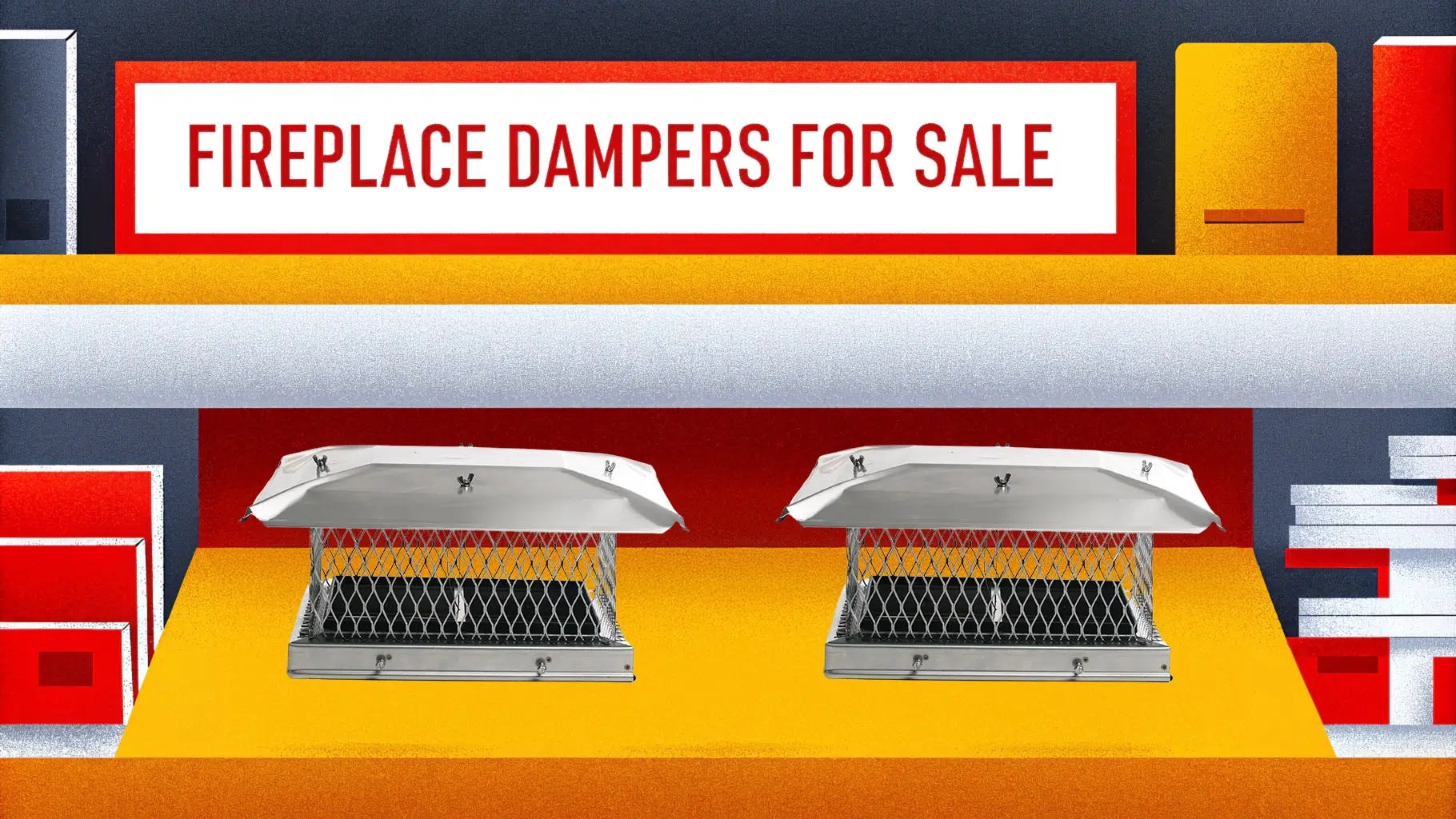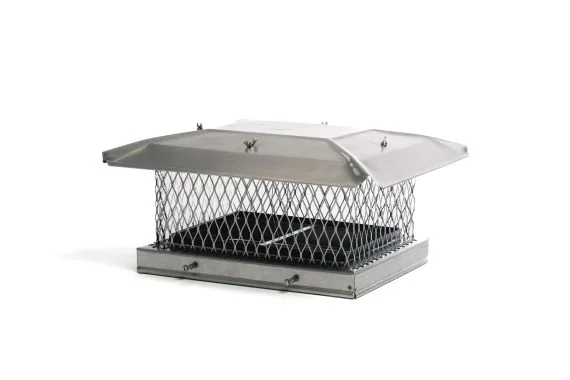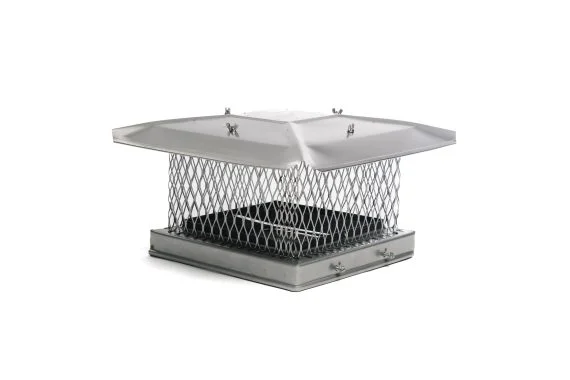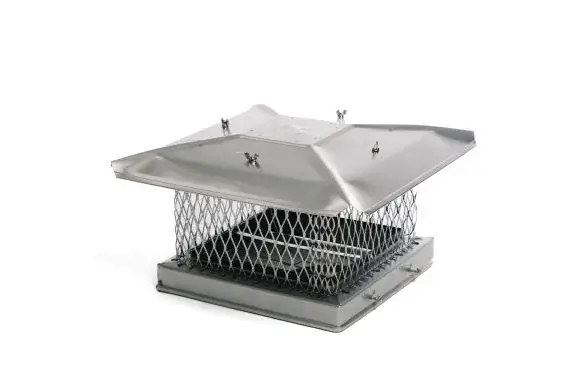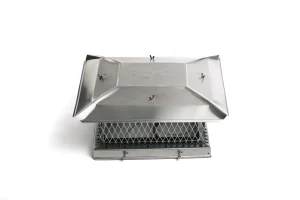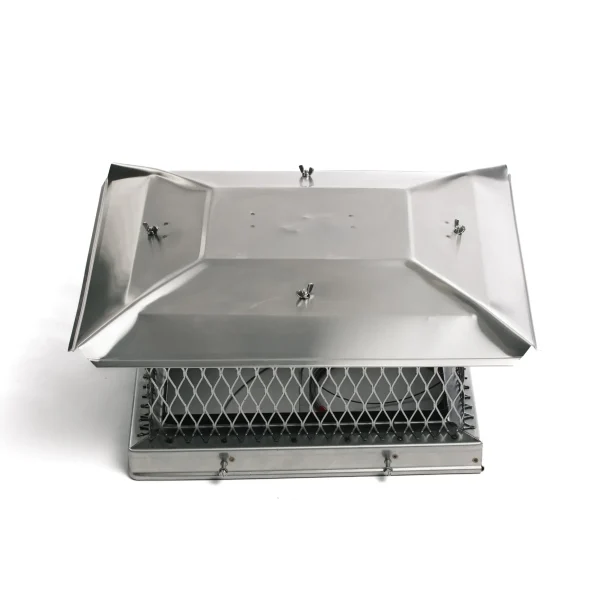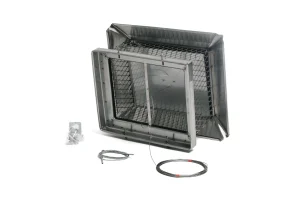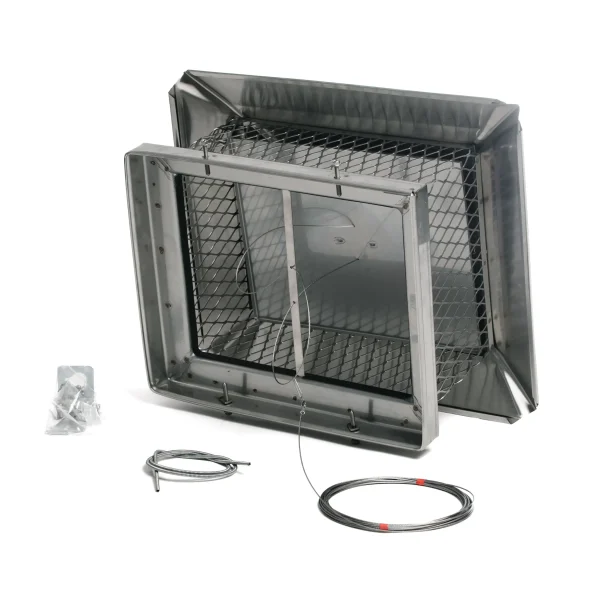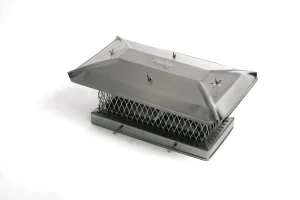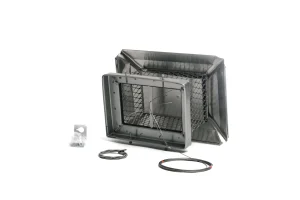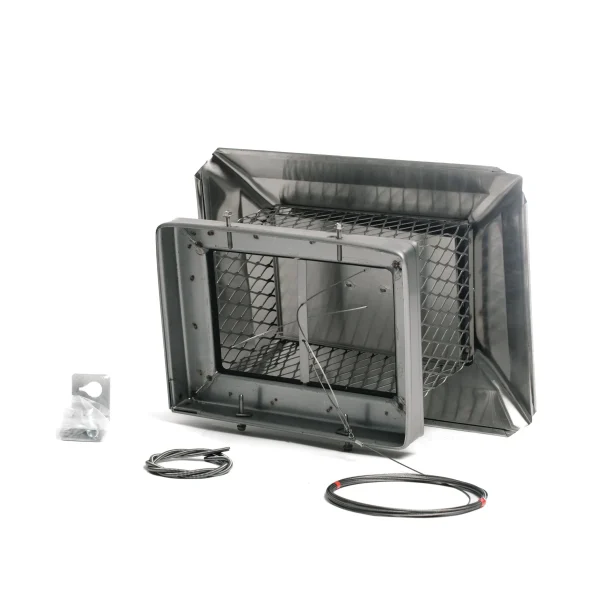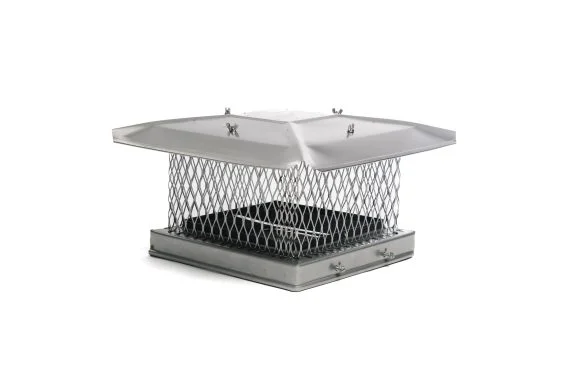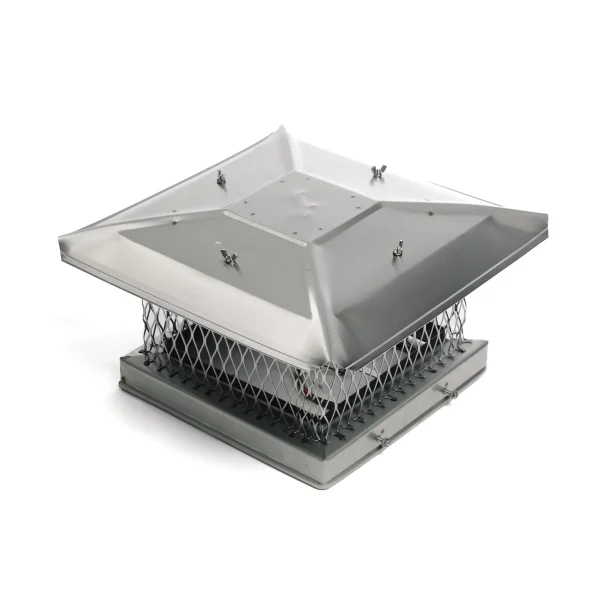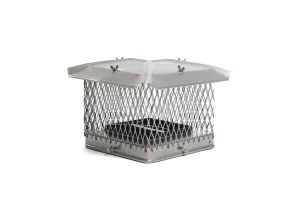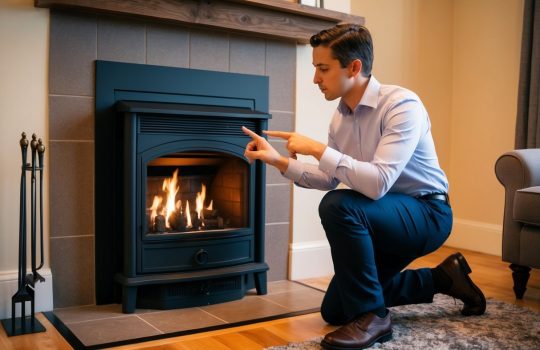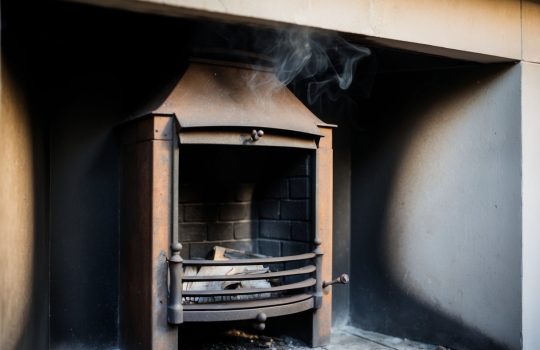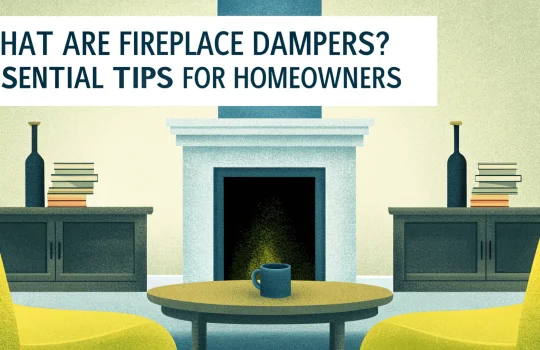When considering options for enhancing our fireplace’s efficiency, fireplace dampers play a critical role in minimizing heat loss and ensuring optimal performance. These devices not only improve safety but also contribute to energy savings by regulating airflow. As we explore the various types of dampers available, it’s important to understand how their functionality can affect our comfort and utility costs.
Selecting the right fireplace damper involves evaluating our specific needs, whether we want cast iron options for durability or energy-saving designs that seal better. This choice can make a significant difference in maintaining a cozy environment in our homes while reducing unnecessary energy expenditure.
For those interested in purchasing a fireplace damper, knowing where to buy and what features to look for can simplify our decision-making process. From replacement options to innovative accessories, we have an array of products at our disposal that cater to diverse preferences and requirements.
Key Takeaways
- Fireplace dampers are essential for reducing energy loss and enhancing safety.
- Choosing the right damper can improve our fireplace’s efficiency and performance.
- Knowing where to purchase quality dampers ensures we get the best value for our investment.
Understanding Fireplace Dampers
Fireplace dampers are critical components that regulate airflow in our chimney systems. By selecting the right type, we can enhance safety and energy efficiency in our fireplaces.
Types of Fireplace Dampers
There are several types of fireplace dampers available, each designed for specific applications.
- Throat Dampers: Positioned just above the firebox, these are the most common in masonry fireplaces. They help control smoke and airflow effectively.
- Top Mount Dampers: Installed at the top of the chimney, these provide an airtight seal when closed, preventing heat loss and outside air infiltration.
- Lyemance Chimney Dampers: Made from durable materials, Lyemance dampers feature a sliding mechanism for easy operation and are often used in conjunction with existing chimney structures.
- Lock-Top Chimney Dampers: These dampers lock tightly, offering improved sealing characteristics to reduce energy loss and enhance safety.
How Fireplace Dampers Work
Fireplace dampers function by controlling the airflow in the chimney. When the damper is closed, it creates a barrier that minimizes heat escape when the fireplace is not in use.
Upon lighting a fire, we open the damper to allow smoke and gases to exit through the chimney. This can help reduce creosote buildup and ensure a cleaner burn.
Proper installation and routine maintenance, such as inspecting for debris and ensuring a tight seal, are vital for optimal performance. A well-functioning damper operates smoothly, improving the efficiency of our fireplaces.
Benefits of Using the Right Damper
Choosing the appropriate damper can provide many advantages for our fireplace systems.
- Energy Efficiency: A well-sealed damper, such as a top mount or lock-top, minimizes heat loss, ultimately lowering heating costs.
- Safety: Prevents unwanted drafts and potential backdrafts, reducing the risk of smoke entering our living spaces.
- Improved Performance: The right damper maintains an optimal draft, contributing to better combustion and wood burning.
By understanding the various types and functions, we can select the best damper to meet our fireplace needs, ensuring longevity and performance.
Selecting the Right Fireplace Damper

Choosing the appropriate fireplace damper involves several essential factors, including material durability, proper sizing, and compatibility with your specific fireplace design. Understanding these elements ensures optimal performance and longevity.
Material and Durability Concerns
When selecting a fireplace damper, we should prioritize materials that withstand the rigors of heat and exposure to the elements. Common choices include stainless steel and cast iron.
- Stainless Steel: This material is known for its durability and resistance to rust. It’s particularly effective for top-sealing dampers, which help prevent rain and debris from entering the chimney.
- Cast Iron: Traditionally used in masonry fireplaces, cast iron can provide a classic look, but it may be more susceptible to rust if not properly maintained.
Look for dampers that offer a lifetime warranty, ensuring protection against manufacturing defects and durability concerns over time.
Sizing Your Fireplace Damper
Correct sizing is critical for effective airflow control. A damper that’s too small can restrict airflow, leading to inefficient burning and smoke buildup. Conversely, one that’s too large may not seal properly, allowing unwanted drafts.
To size a damper correctly, we recommend measuring the chimney flue dimensions. The damper should match the flue opening closely for optimal efficiency. For example, if the flue measures 8 inches by 12 inches, select a damper that fits these measurements.
Using a dampers sizing chart can also simplify the selection process. Understanding that some dampers come with rotary control mechanisms can further assist with ease of adjustment.
Compatibility with Your Fireplace
Compatibility is essential when selecting a damper. Different fireplace types, such as masonry or prefabricated units, may require unique dampers to function effectively.
For masonry fireplaces, throat dampers are often the standard. They are positioned just above the firebox. For prefabricated fireplaces, we look for specific dampers designed to work with chimney caps or flue systems.
Before purchase, we must check that the damper aligns correctly with our existing chimney structure. This alignment is crucial for maintaining safety and efficiency. Choosing the right damper enhances our fireplace’s performance and contributes to a more enjoyable experience.
Installation and Maintenance

Proper installation and maintenance of fireplace dampers are essential for safe and efficient operation. Understanding whether to take a DIY approach or hire professionals is crucial, as is knowing how to perform routine maintenance and troubleshoot any potential issues.
DIY vs Professional Installation
When considering installation, we have two main options: DIY or professional services. DIY installation can be cost-effective and rewarding, especially with smaller dampers. Basic tools such as a screwdriver, drill, and level may suffice.
However, complex installations involving chimney configurations or significant structural alterations often warrant professional assistance. Professionals, including chimney sweeps, are skilled in ensuring proper alignment and functionality, which is vital for safety.
We should assess our comfort level and the scope of the installation before deciding. DIY may save money, but the quality of installation impacts the long-term performance of the damper.
Routine Damper Maintenance
Regular damper maintenance enhances performance and extends lifespan. We recommend checking the damper at least once a year.
Key maintenance tasks include:
- Cleaning: Remove soot and debris around the damper to ensure a tight seal.
- Lubrication: Use a graphite lubricant to maintain smooth operation. Avoid oil-based lubricants as they can attract dirt.
We should also visually inspect for rust or corrosion, particularly with cast-iron dampers. If significant deterioration is observed, it may be time to replace the damper or consult a professional.
Troubleshooting Common Issues
When using fireplace dampers, we may encounter several common issues. Familiarizing ourselves with these can save time and effort.
Common issues include:
- Sticking Damper: If the damper is difficult to open or close, there may be debris lodged in the mechanism. Regular cleaning can prevent this.
- Poor Seal: A damper that does not seal properly can lead to drafts and energy loss. We should check the alignment and make adjustments if necessary.
- Rust or Corrosion: For metal dampers, rust can impede functionality. Treating rusted areas promptly or replacing the damper can restore operation.
In all cases, if we’re unsure about the remedy or the issue persists, consulting a chimney sweep can provide professional insight.
Accessories and Enhancements
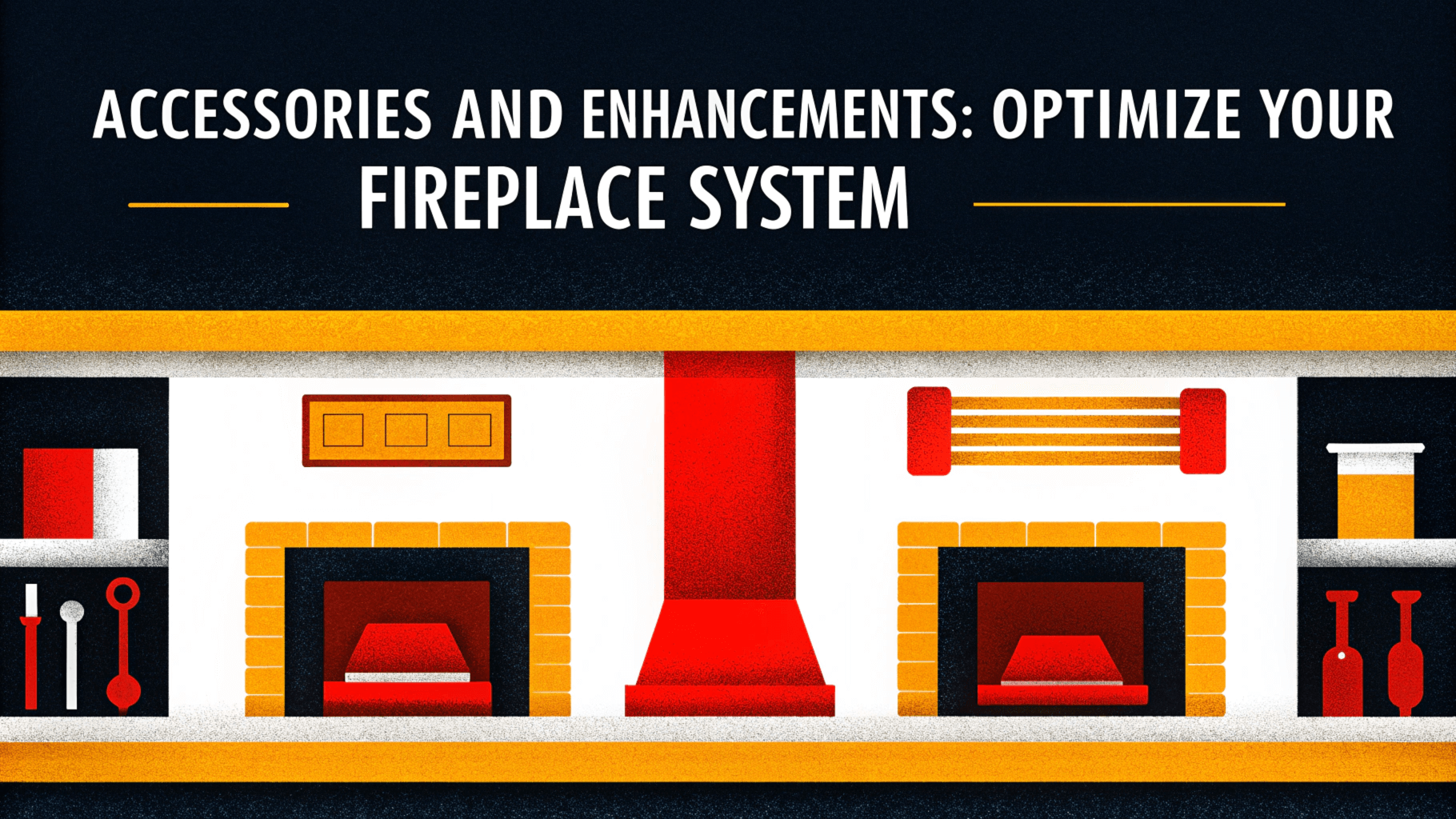
In addition to fireplace dampers, several accessories and enhancements improve safety, efficiency, and convenience. These additions can help us maintain our fireplace and chimney systems, promoting better performance and reducing energy costs.
Chimney Caps and Their Role
Chimney caps are vital components that serve multiple purposes. They prevent rain and snow from entering the flue, which can cause water damage or corrosion. Additionally, chimney caps keep out pests like birds and squirrels that might nest inside.
A properly fitted chimney cap can also enhance draft control. By reducing downdrafts, it helps maintain consistent airflow, which is essential for efficient combustion. We can find a variety of chimney caps made from materials like stainless steel, copper, and galvanized metal, each offering unique benefits in durability and aesthetics.
Additional Fireplace Tools
Having the right tools is essential for fireplace maintenance and usability. Essential tools include pokers, tongs, and log carriers, which enhance our experience by making it more convenient to manage and clean the fire.
We should consider investing in a quality set of fireplace tools, as they not only improve functionality but also contribute to the overall look of the hearth area. Options include stylish racks that can hold tools while matching our home décor. Additionally, options like hearth rugs provide a safe, attractive area around the fireplace, reducing the risk of sparks igniting nearby surfaces.
Where to Buy and What to Look for
Finding the right fireplace damper can enhance your fireplace’s efficiency and functionality. At Fireplace Dampers Store, we provide a variety of high-quality options to suit your unique needs and preferences.
Here’s what to consider when choosing the perfect damper:
- Material Matters
Opt for dampers crafted from durable materials such as cast iron or stainless steel. These ensure long-lasting performance and withstand the rigors of regular use. - Size Compatibility
Proper sizing is crucial for the best fit and performance. Accurately measure your chimney flue and check product descriptions to ensure a perfect match. - Warranty and Support
Look for dampers that come with clear warranty details and reliable customer service. These features offer peace of mind and demonstrate the manufacturer’s confidence in their product.
Customer reviews can also provide valuable insights into real-life performance and satisfaction, helping you make an informed decision. Explore our range of dampers today and experience the difference in quality and service at Fireplace Dampers Store.
Frequently Asked Questions
In this section, we address common queries regarding fireplace dampers. We aim to clarify size selection, installation processes, costs, and the various types of dampers available.
How do I determine the correct size damper for my fireplace?
To find the correct size damper, we need to measure the flue size. This is generally done by measuring the width and height of the flue opening. The damper should ideally match these dimensions for optimal performance.
What are the key differences between a flue and a damper in a fireplace?
The flue is the pipe that channels smoke and gases from the fireplace outside. In contrast, the damper is a movable plate within the flue that controls the airflow, allowing us to manage drafts and prevent unwanted elements from entering our living space.
Can you guide me through the process of installing a fireplace damper?
Installing a fireplace damper involves several steps. First, we must locate the appropriate area at the top of the chimney. Then, we can follow specific installation instructions that correlate with the damper type, ensuring it fits securely without obstructions.
What should I expect in terms of cost when replacing a fireplace damper?
The cost for replacing a fireplace damper can vary. Factors influencing price include the damper type, material, and installation fees. On average, we should budget between $100 to $300 for both parts and labor.
Which types of dampers are available for wood-burning fireplaces?
Available dampers for wood-burning fireplaces include throat dampers and top-mount dampers. Throat dampers are located within the chimney flue, while top-mount dampers seal the chimney crown and reduce heat loss.
Are there specific parts I should look for when purchasing a replacement damper?
When purchasing a replacement damper, we should check for a good-quality seal and durable materials. It’s essential to ensure that the damper is compatible with our chimney’s dimensions and type for effective operation.

